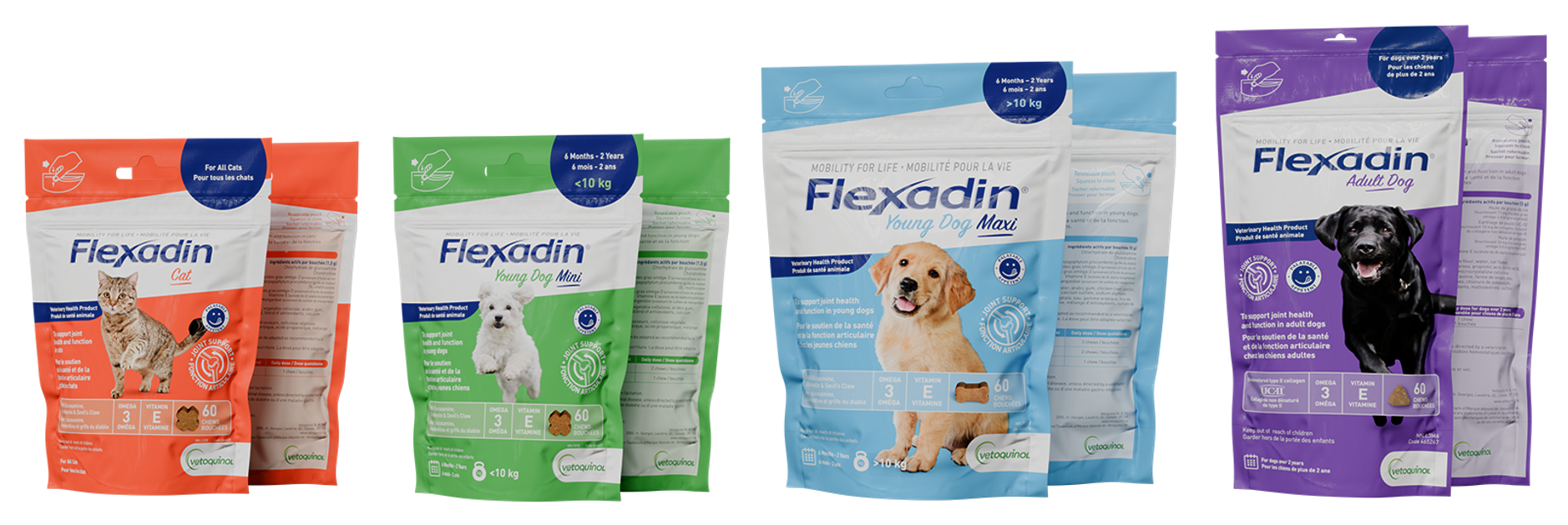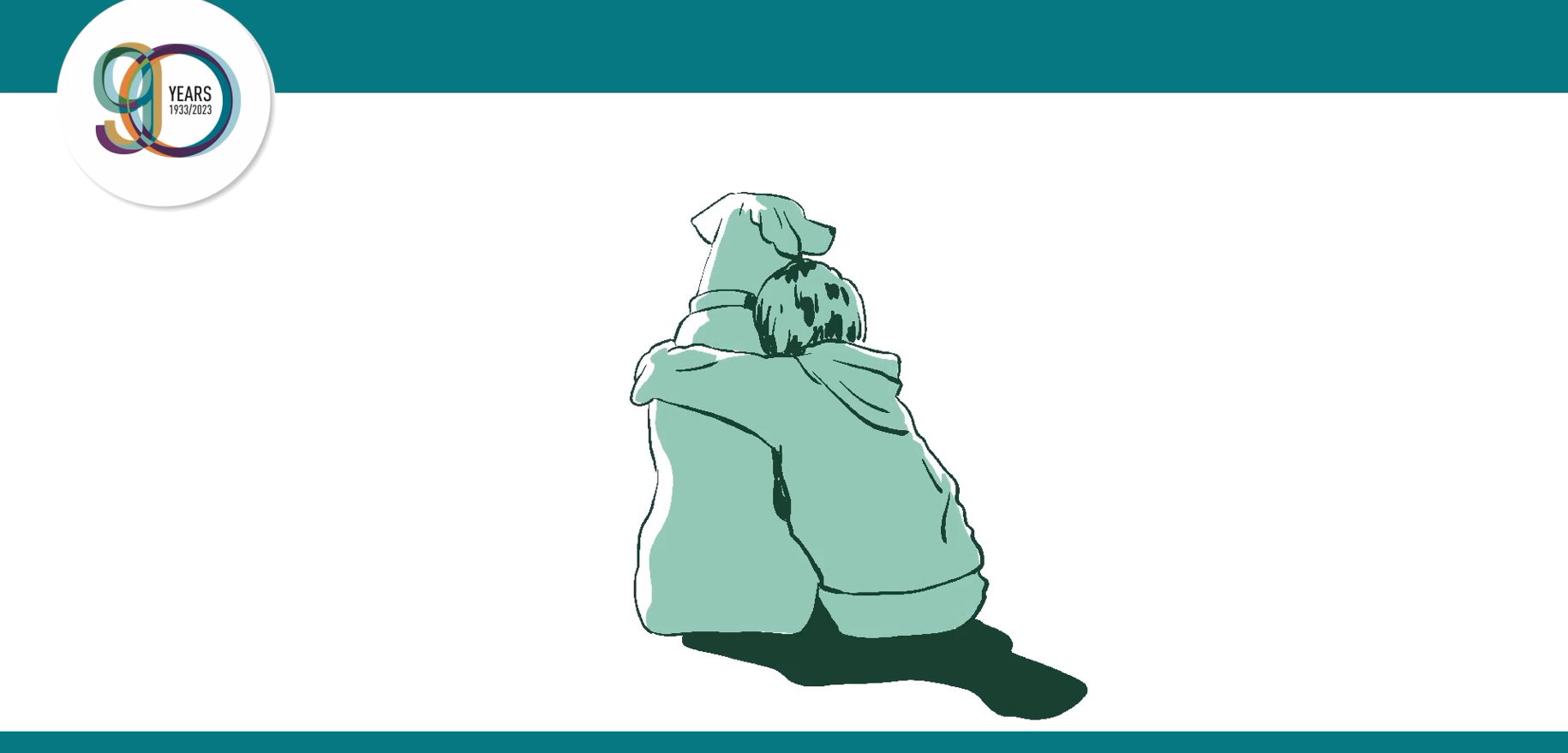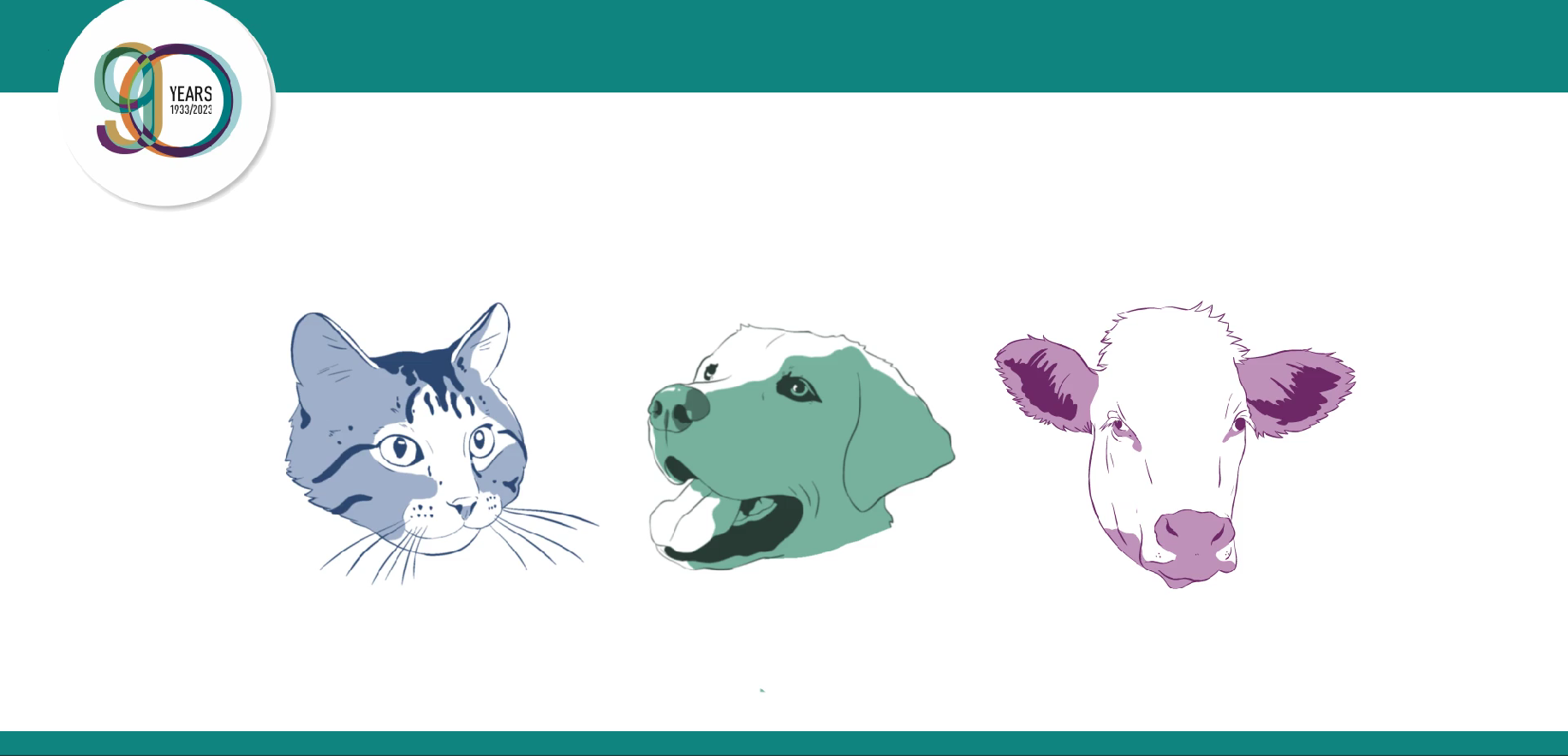The week of May 20, 2024, was marked by the 32nd bi-annual World Buiatrics Conference, held in Cancun, Mexico. It was attended by over 1550 veterinarians, agronomists, and researchers from 60 countries. Vetoquinol- Canada had the honor and pleasure to meet 35 veterinarians from across the country.
The conference began with an opening ceremony and fabulous Mexican dancers and the tradeshow cocktail reception. Educational sessions lasted the next 3 days and covered topics in both dairy and beef cattle medicine, best practices and new research, and event sessions on how to educate producers and our next generation of veterinarians. In addition, 3 days of unique posters were also available. Some camelid and small ruminant research were also presented in both the oral and poster presentation sessions!
Key Highlights
Dr. Richard Van Vleck Pereira, BVSc DACVPM, PhD, from the USA provided an update on best practices for sampling and submission for Bovine Respiratory Disease, comparing swab guards and delays to the laboratories for analysis. In brief, the unguarded swabs were most likely to allow for polymicrobial growth, whereas single-guarded swabs had the largest percentage of no growth.
Dr. Kerli Mõtus, DVM PhD, came from Estonia to enlighten the attendees on the presence of a lower respiratory tract virome in dairy calves. The research opened the discussion about novel pathogenic viruses contributing to respiratory disease in calves. (Abstract pg. 265: Characterization of the lower respiratory tract virome in dairy calves with and without clinical respiratory disease signs)
In feedlots, Dr. Maud Rouault, DVM, from France, looked at the utility of thoracic ultrasonography to detect and perhaps qualify the etiology of Bovine Respiratory Disease during the first month after arrival. (Abstract pg. 268: Relationship between Thoracic Ultrasonography findings and etiology of Bovine Respiratory Diseases in beef cattle during the first month after arrival).
Furthermore, benefits of using lung ultrasound in beef cattle were provided by Dr. Anastasia Lisuzzo, DVM and a PhD student from Italy. Also, Dr. Luis Miguel Ortega-Mora, DVM PhD, of Spain, provided a summary of literature including the concept of concurrent infection with immunosuppressive viruses and the severity of the C. parvum infection. (Abstract pg.64: Cryptosporidiosis in cattle: recent advances in prevention).
While these are only a few snippets, almost 100 different presentations were shared during this whirlwind 3-day event. No doubt the World Buiatric Conference is a recommended event for all ruminant veterinarians! Looking forward to seeing you in Istanbul, Turkey in 2026
by Carina Cooper, DVM, PhD, Dipl ACVIM – Large Animals
Technical Veterinarian at Vetoquinol, Farm Animals – Western Canada
Additional References:
- Shaw HJ, Armstrong C, Uttley K, Morrison LJ, Innes EA, Katzer F. Genetic diversity and shedding profiles for Cryptosporidium parvum in adult cattle and their calves. Curr Res Parasitol Vector Borne Dis. 2021;1:None. doi: 10.1016/j.crpvbd.2021.100027. PMID: 35005687; PMCID: PMC8716336.
Latest news

Vetoquinol Canada Announces the Launch of Flexadin® Essential, an Evolution of the Flexadin® Line
October 2024

Clip 6 – Sustainable development, an integral part of Vetoquinol
January 2024

Clip 5 - Growth driven by innovation
January 2024
